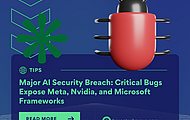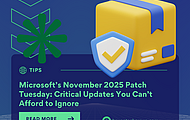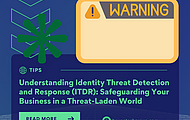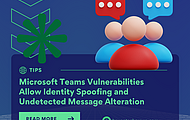Beware the Bait: Hackers Hijack Microsoft Logins Using "Legitimate" Links
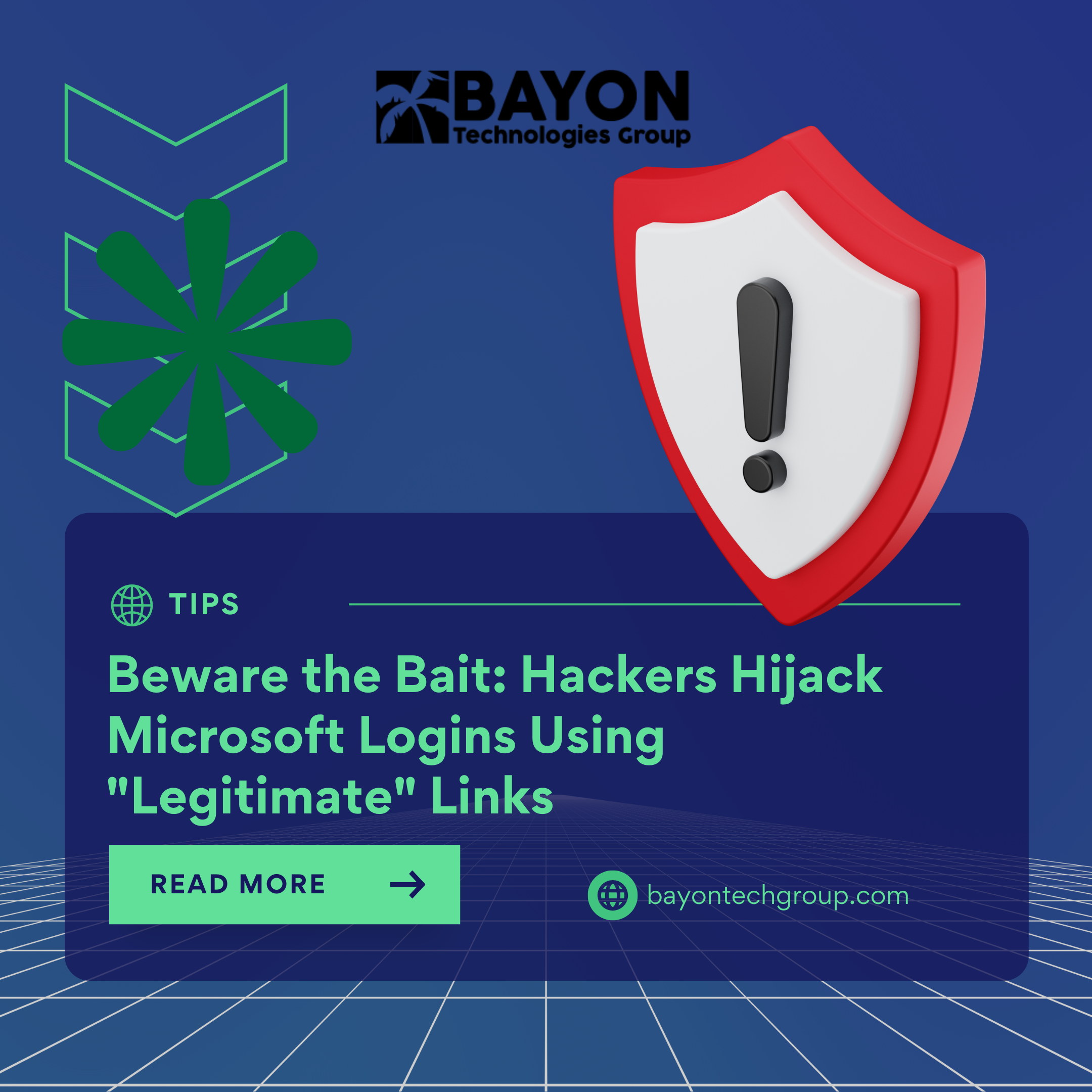
The most damaging attacks in the constantly changing world of cyber threats are sometimes the ones that are difficult to detect. Cybercriminals are always improving their techniques, going beyond awkward phishing emails to take advantage of the basic underpinnings of reliable internet services. This is aptly shown by a recent and concerning development: hackers are now using authentic Microsoft authentication procedures to acquire login credentials with startling speed.
This clever phishing attempt takes advantage of a Microsoft Active Directory Federation Services (ADFS) feature. ADFS serves as the reliable gatekeeper for numerous enterprises, allowing single sign-on (SSO) to a variety of cloud apps, such as Microsoft 365. Because consumers use this system daily, this exploit is quite powerful.
How the "Legitimate" Redirect Trick Works
More often than not, a phishing attempt will take you to a phony login page on a dubious domain. This new strategy is much more nuanced. The procedure starts as usual: an employee gets an email that looks real and contains a link that they must click. This email frequently imitates a business message.
Here’s where the magic (and the menace) happens:
- The link in the email actually points to a legitimate Microsoft login URL. This initial legitimacy bypasses basic scrutiny and email filters designed to catch malicious domains.
- The URL, however, is manipulated with specific parameters that include a custom redirect_uri.
- When the user enters their credentials on the genuine Microsoft page, the authentication token is not sent securely to the intended corporate application.
- Instead, because of the manipulated redirect, the token is sent directly to a server controlled by the attackers. This gives them everything they need to compromise the user’s account instantly.
This plan's genius—and horror—lies in the way it seems legitimate. Throughout the login procedure, the user sees the genuine Microsoft domain in their address bar, replete with the appropriate SSL certificates. Even watchful users will find it extremely difficult to identify the fraud because there are no clear warning signs.
Why This Attack is So Effective
- Abuse of Trust: It takes advantage of people's innate confidence in Microsoft's legitimate login pages.
- Avoids Detection: Malicious emails are able to get past conventional security gateways by using authentic URLs.
- High Success Rate: Users are far more likely to provide their credentials with confidence when there isn't a phony login page to recognize.
How to Protect Your Organization
Being alert is your best line of defense. Motivate your group to:
- Examine Every Link: Before clicking on a link, hover over it to view the entire URL, even if it seems to lead to a well-known, secure domain. Look for long strings or odd parameters.
- You must enable multi-factor authentication (MFA). Although passwords can be stolen, MFA offers a strong backup security measure that is very challenging to get beyond.
- Adopt a Zero-Trust Mentality: Never presume that a request is secure just because it seems that way. Use an alternative method of communication to confirm the authenticity of any email asking for action.
Don't Leave Your Identity Infrastructure Vulnerable
Proactive security measures and knowledge are necessary to stay ahead of attacks like this. At Bayon Technologies Group, we assist companies in strengthening their defenses against identity-based assaults and complex phishing tactics. To guarantee the security of your data, we offer comprehensive security solutions that include advanced threat detection, employee awareness training, and the thoughtful application of security procedures like MFA.
Protect your organization’s most valuable assets. Visit us at https://www.bayontechgroup.com/ to learn how we can build a more resilient security posture for you.
‹ Back




